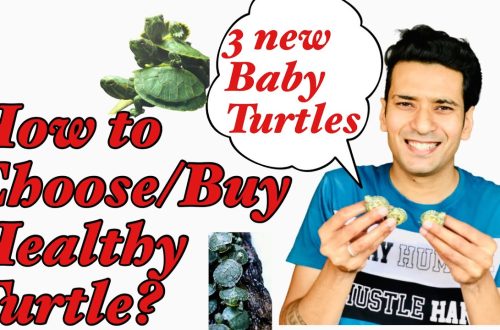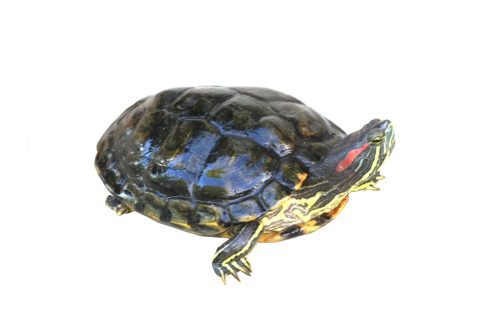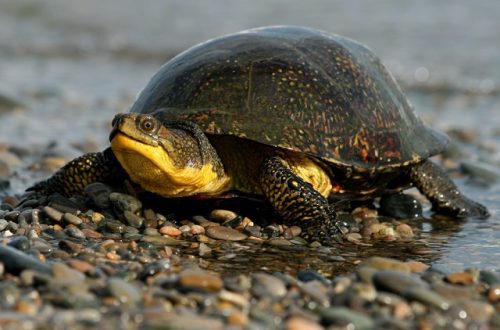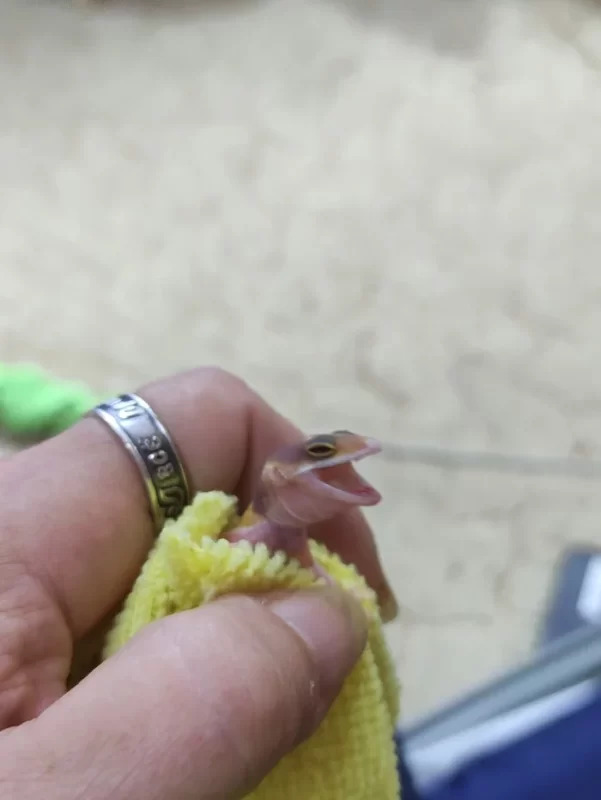
Feeding the eublefars
Eublefars are insectivorous reptiles. The basis of the diet is crickets or cockroaches; in no case should they be given any fruits or vegetables.
It may seem that such food is very scarce and boring. However, there are many different types with which you can create the most varied menu for your pet.
The feeding of geckos consists of “basic” insects, which should be given on an ongoing basis, and “treats”, which can be added to the diet once or twice a month.
Basic insects:
- Fireflies
- Brownies are medium-sized, outwardly gray crickets, perfect for young eublefars from the very moment of hatching. The chitin of these crickets is soft, and their small size is very convenient when feeding babies.
- Two-spotted – large black crickets, suitable for teenage geckos from 5-6 months and adults. They are large and hard chitin, which is not recommended for babies. If given to babies, it is imperative to remove the head and paws so that the eublefar baby does not get hurt.
- Banana – large dark crickets, great for eublefar of any age, have soft chitin and grow quite large.

2. Cockroaches
We list the popular types:
- Turkmen – red medium-sized cockroaches. Great for babies from the moment they hatch due to their softness and small size.
- Marble – easy to care for, large black cockroaches. Undesirable when feeding babies. If you still chose this species, then try to pick up small cockroaches, no larger than the baby’s head, as they are quite large and with hard chitin. An excellent food object for adult geckos.
- Argentinean (blaptika) – dark brown large cockroaches. An excellent food object for any age (size is also important)
Why these particular insects?
Specifically, these species are the most easily digested and have the best composition of protein, calcium and phosphorus, necessary for good growth and development of geckos.
Which of the food objects to choose on an ongoing basis is up to you. You can alternate any of the types, but this is not necessary. Eublefar gets used to any food object and he cannot get bored with it. On the contrary, species new to him, for example, cockroaches instead of the usual cricket, he may eat with reluctance or not eat at all.
What to do if you are afraid of live insects?
If you are afraid or you do not have time to keep live insects, then there is a great alternative – freezing. You can buy a ready-made frozen food object or freeze it yourself. To do this, you need to feed live insects during the day to fill them with useful substances, and then put them in the freezer. The shelf life of frozen food is 6 months from the date of freezing.
Important when feeding by freezing:
- Defrost the food object well. The defrosted food object is deformed if you slightly press on the abdomen of the insect.
- Keep frozen only in the freezer.
- Re-freezing the food is not recommended, as it loses all the nutrients, it becomes dry and hard. Such food ceases to have any benefit.
Treats
It is worth giving treats only to adult eublefars from 8-9 months old, since these types of food objects are considered heavier and fatty foods.
- Mealworm – a medium-sized gray worm, it is recommended to give
- Zofobas is a large gray worm, they have a powerful head and jaws, they can bite a eublefar, so in no case should you leave a live zophobas with your pet. It is best to pre-press the head of the insect well, and for small individuals – to give zofobasa in parts.
- Brazhnik is a green-blue beautiful caterpillar, very juicy and loved by many geckos.
- Locust – is considered a delicacy due to its size, but it can also be attributed to the base part in the cricket section.
- Wax moth – larvae of small size, comparable to a flour worm.
- Naked mice are newborn mice, great for weakened females after laying. Quickly restored, but you can not give it often.
- Grub pie ready-to-eat food is a ready-made mixture of insects, calcium and vitamins. For those who do not like insects at all or are difficult to get in the city. An excellent alternative to insects, however, there have been cases that with constant consumption, diarrhea occurs in geckos, so this KO is classified as a treat.
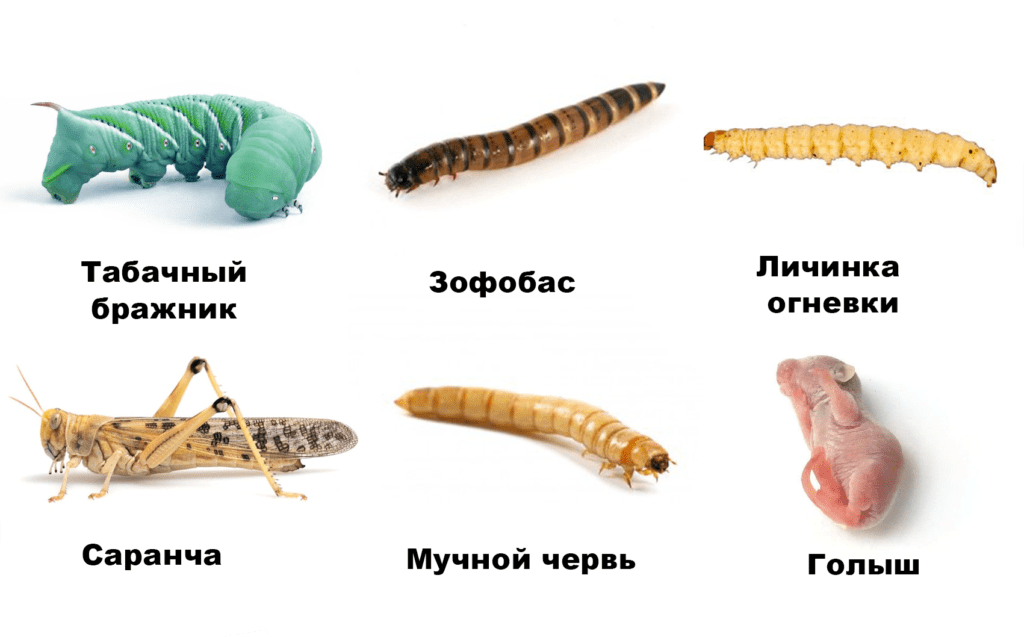
Can’t feed:
- Insects caught on the street, in the city, etc. Such insects throughout their lives can eat low-quality food, carry poison and chemicals.
- Nothing but insects. These include: fruits, vegetables, sweets, etc. Even if the eublefar looks with appetite at the proposed banana, it does not mean that it will be useful for him.
- Insect treats on an ongoing basis – this is fraught with obesity, problems with the liver and other internal organs, which shortens the life of your pet.
- Too large food object, especially if your eublefar is not a year old. Do not give an insect several times the size of your pet’s head. This is fraught with burps and other troubles.
Do not forget that insects must be supplemented with calcium and vitamins, this is very important for the proper functioning of the body and strong bones. If eublefar does not receive enough of them, diseases such as rickets or beriberi may develop.
Eublefar feeding can occur at any time of the day. But since these reptiles are twilight, it is recommended to feed them in the evening. After eating, give the gecko rest – this is important for digestion and absorption of nutrients.
The nutrition schedule is based on the age of the pet:
Up to 1 month – every day
2-3 months – every other day
4-5 months – every 2 days
6-7 months – every 3 days
8-9 months – every 4 days
From 10 months – every 5 days
After 1 year – every 5-7 days
How much should eublefar eat?
There is no single answer to this question. Nutrition consists of the individual characteristics of the eublefar, the size of the food object. Each gecko grows at its own pace and has its own specific appetite. Therefore, if your friend’s eublefar eats 10 crickets, and yours – only 5 – this does not mean that your pet does not eat well.
One of the important rules is to feed until the eublefar itself refuses to eat. As a rule, these reptiles are not able to overeat, so they always eat exactly as much as they need. But if you notice that your eublefar looks very dense, the legs have become thick, and the tail has become much wider than the body – it may be close to obesity. In this case, it is recommended to reduce the amount of food consumed, completely eliminate treats and increase activity, allowing you to walk outside the terrarium more often under your supervision.
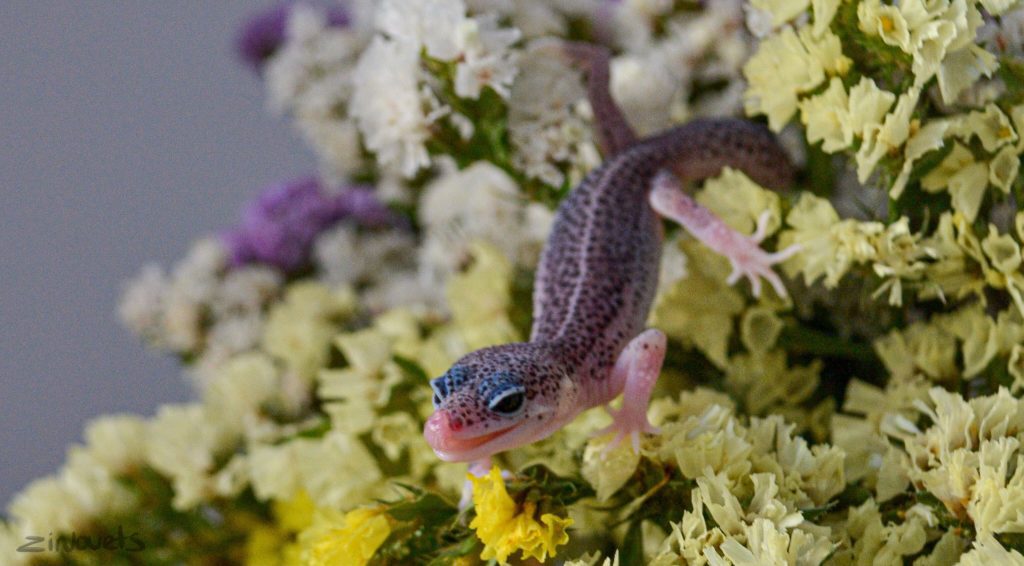
How to understand that your eublefar eats well and is healthy?
According to the general external condition. A healthy eublefar has a large, thick tail, it eats well at each feeding, and actively spends time in the terrarium in the evening (with the exception of the breeding season).
Follow all the above recommendations, and your eublefar will be the healthiest and happiest.



